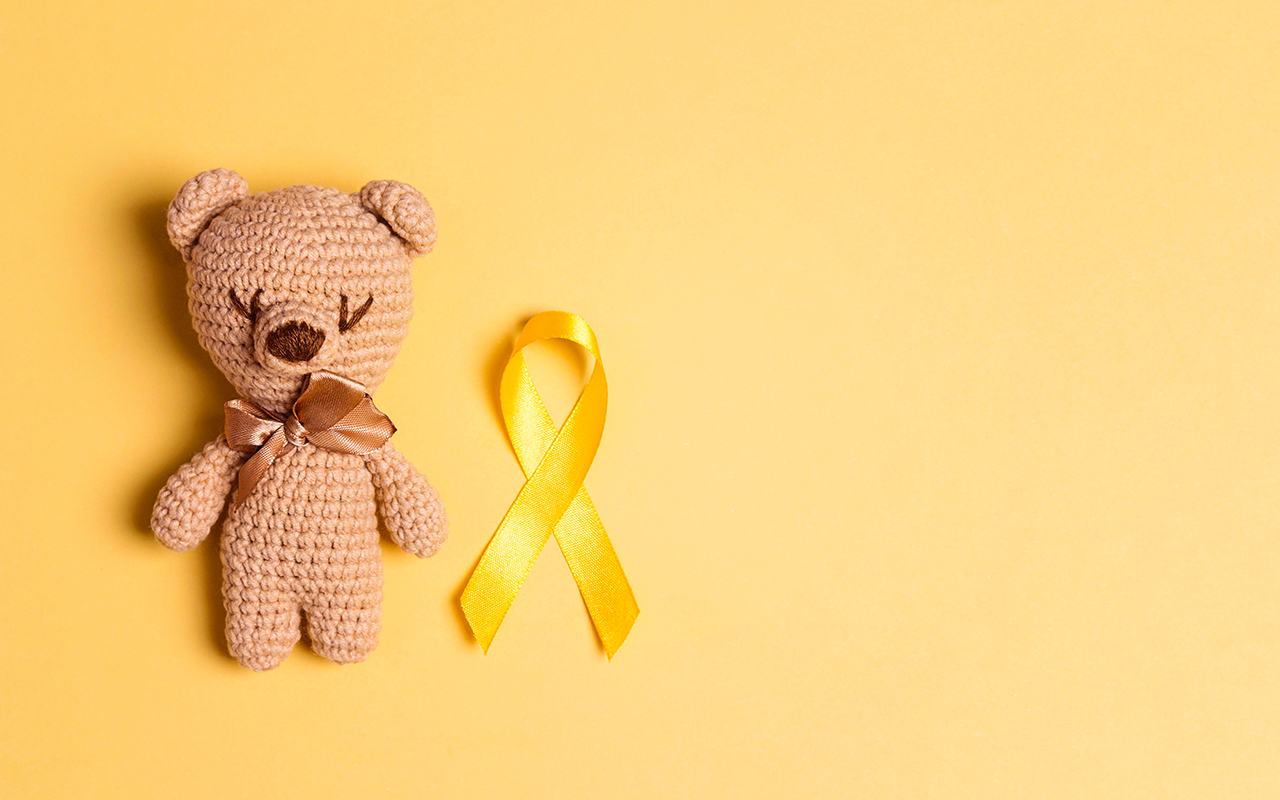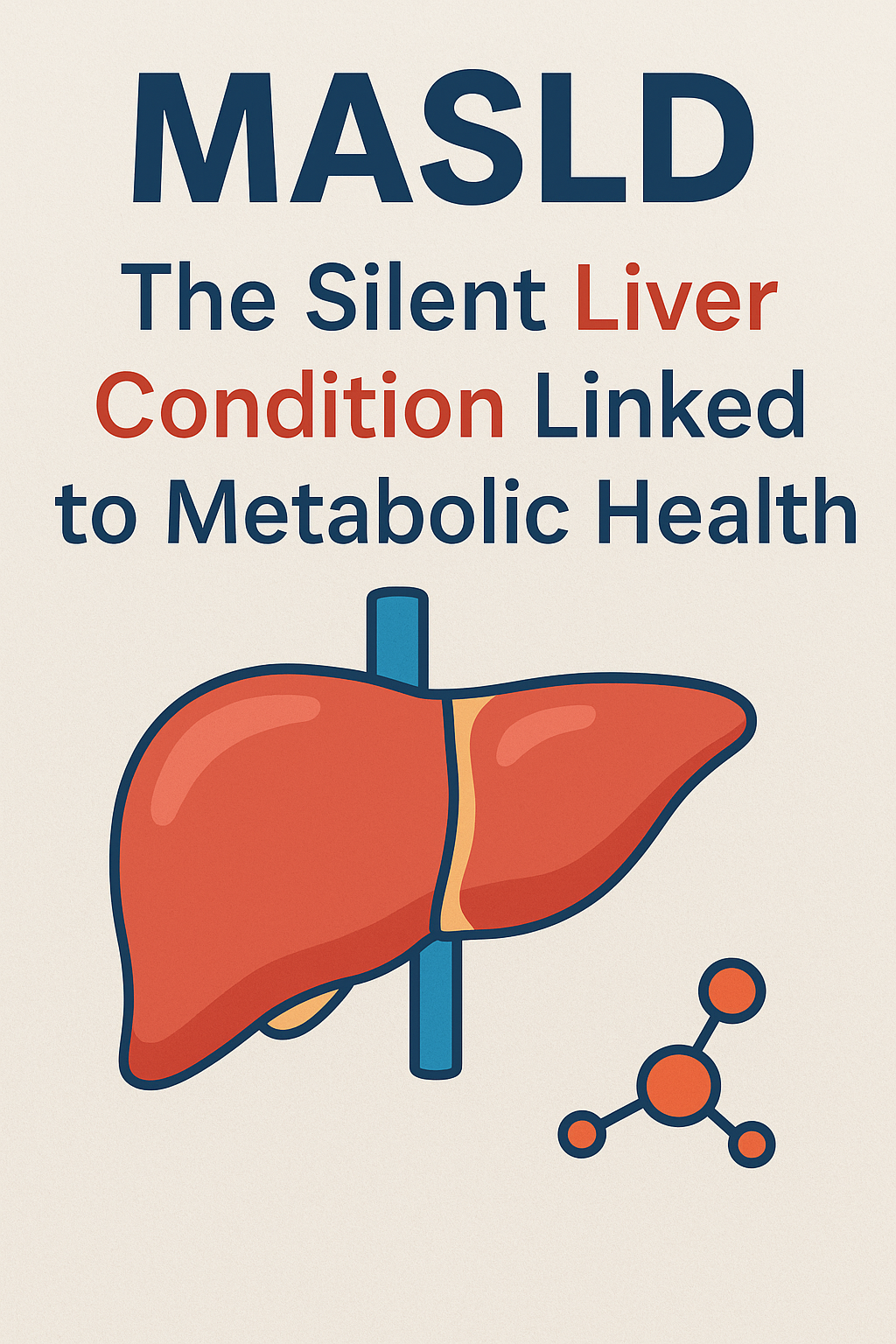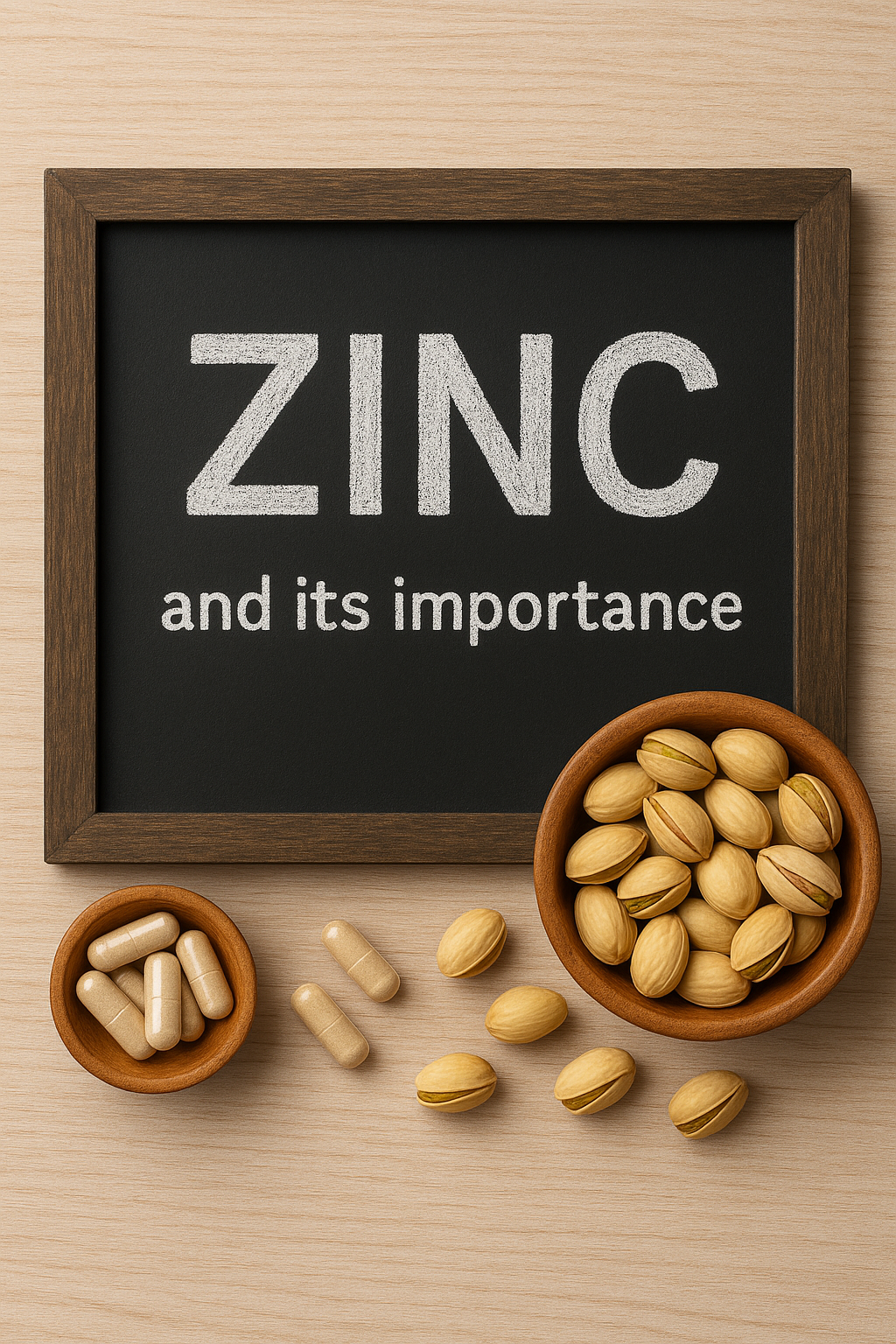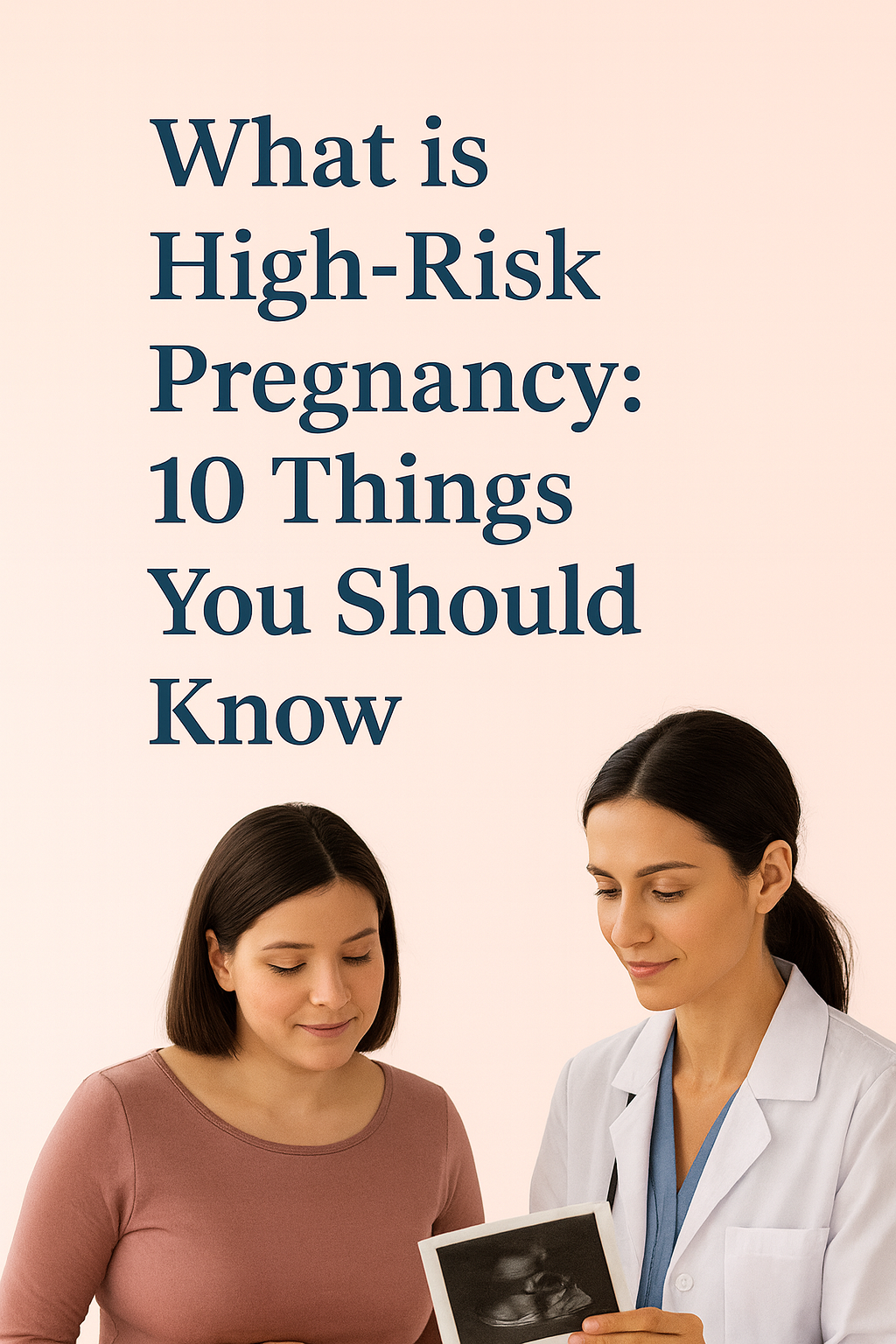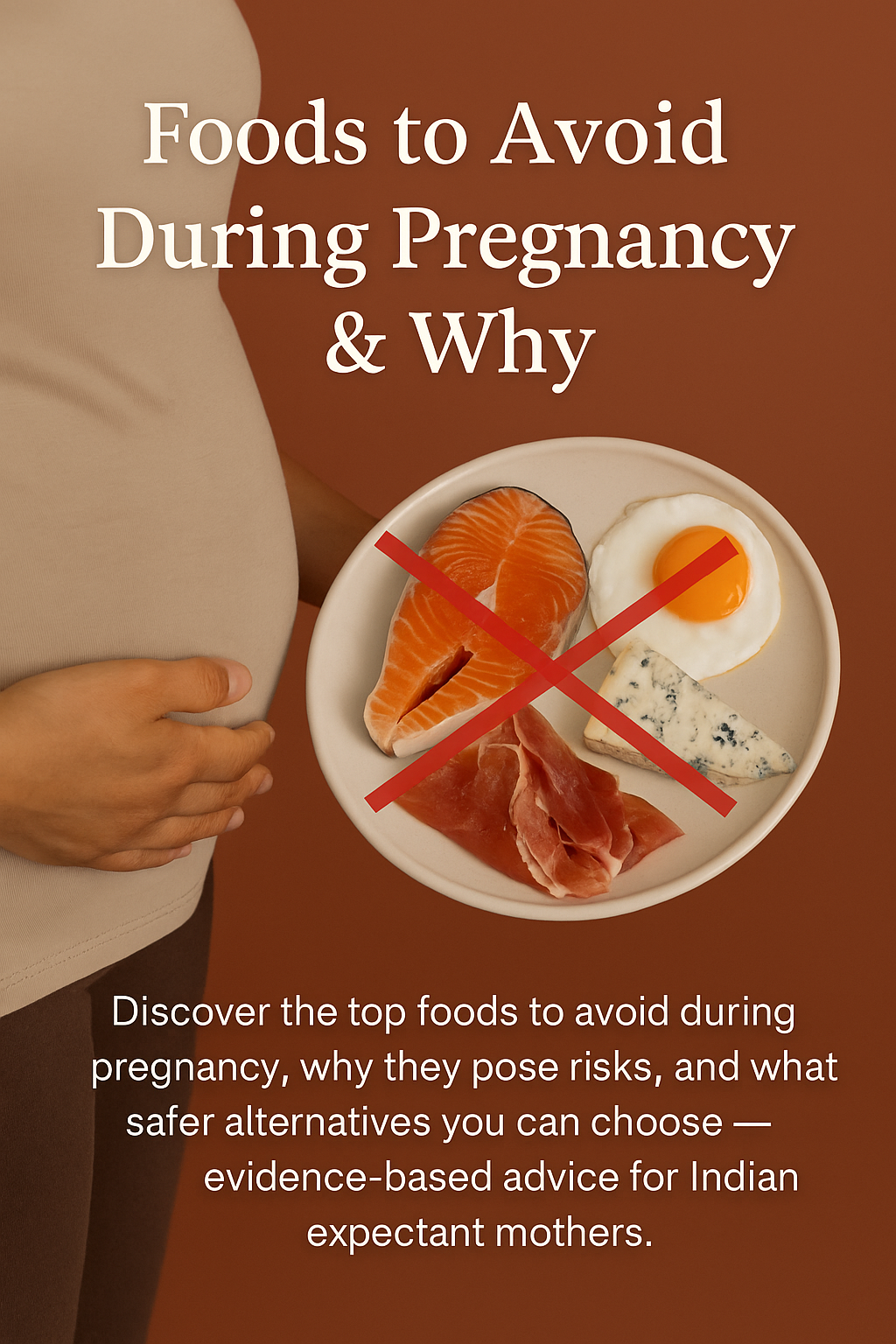Childhood cancer remains a significant global health concern, with approximately 300,000 new cases diagnosed annually among children aged 0–19 years. While some risk factors are beyond control, emerging research underscores the importance of early-life interventions in reducing cancer risk. Here are eight evidence-based strategies to help prevent childhood cancers:
1. 🧬 Promote Healthy Prenatal and Early-Life Environments
Exposures during prenatal and early childhood periods can influence cancer risk later in life.
What to do:
-
Avoid alcohol, tobacco, and recreational drugs during pregnancy.
-
Limit exposure to air pollution, strong cleaning agents, and synthetic fragrances.
-
Ensure adequate intake of folic acid, iron, omega-3, and vitamin D.
-
Prioritize natural childbirth when possible and skin-to-skin bonding.
-
Promote exclusive breastfeeding for 6 months, which boosts immunity and may lower leukemia risk.
2. 🛡️ Ensure Timely Vaccinations
Vaccinations against certain viruses can prevent infections linked to cancer. For instance, the hepatitis B vaccine helps prevent liver cancer, and the HPV vaccine protects against cervical and other cancers.
What to do:
-
Follow the national immunization schedule strictly.
-
Ensure Hepatitis B vaccination is given at birth.
-
For girls (and boys, if recommended), consider HPV vaccination from age 9–14 to prevent cervical and other cancers.
-
Keep immunization records updated.
3. 🌞 Practice Sun Safety
Excessive sun exposure during childhood increases the risk of skin cancers later in life. Protect children by applying broad-spectrum sunscreen, wearing protective clothing, and avoiding peak sun hours.
What to do:
-
Apply SPF 30+ sunscreen before outdoor play.
-
Dress kids in protective clothing, wide-brimmed hats, and sunglasses.
-
Limit sun exposure between 10 AM – 4 PM.
-
Reapply sunscreen every 2 hours and after swimming.
4. 🥗 Encourage a Balanced Diet
A diet rich in fruits, vegetables, and whole grains supports overall health and may reduce cancer risk. Limiting processed foods and sugars is also beneficial.
What to do:
-
Include a variety of colorful fruits and vegetables daily (especially berries, carrots, spinach, papaya).
-
Choose whole grains over refined carbs.
-
Limit processed meats, sugary cereals, and soft drinks.
-
Offer nuts, seeds, lentils, and fermented foods to support gut health.
5. 🏃 Promote Regular Physical Activity
Encouraging children to engage in regular physical activity helps maintain a healthy weight, which is associated with a lower risk of various cancers.
What to do:
-
Encourage at least 1 hour of physical activity per day.
-
Include outdoor play, sports, yoga, or dancing.
-
Reduce screen time and replace with movement-based games or chores.
6. 🚭 Avoid Tobacco Exposure
Secondhand smoke exposure increases the risk of several health issues, including cancer. Ensuring smoke-free environments for children is essential.
What to do:
-
Make your home and car a strict no-smoking zone.
-
Encourage family members who smoke to quit.
-
Educate children early about the risks of tobacco and vaping.
7. 🧪 Limit Exposure to Harmful Chemicals
Reducing children’s exposure to pesticides, industrial pollutants, and unnecessary medical radiation can decrease cancer risk.
What to do:
-
Buy organic produce when possible to reduce pesticide residue.
-
Avoid heating food in plastic containers.
-
Use glass or stainless steel water bottles.
-
Minimize use of air fresheners, insect repellents, and commercial cleaners.
-
Choose low-VOC paints and toxin-free toys.
8. 🧬 Be Aware of Family Medical History
Some cancers have genetic components. If there’s a family history of cancer, discuss with a healthcare provider about potential genetic counselling or early screening options.
What to do:
-
Ask about cancers in close relatives (especially under age 50).
-
If patterns emerge (like multiple relatives with cancer), consider genetic counseling.
-
Inform your pediatrician if there’s any family history of blood cancers or tumors.
-
Stay proactive with health screenings if needed.
🔗 You May Also Find These Readings Helpful:
- [Are “safest” baby products really a thing?]
-
[ADHD in Children: How to Detect It Early and Manage It Effectively]
📚 References:
-
Centers for Disease Control and Prevention. Cancer Prevention Starts in Childhood.
-
The relevance of nutrition to pediatric oncology: A cancer control perspective.
-
Childhood Cancer Predisposition: An Overview for the General Practitioner.

Akanksha Sharma
Dr. Akanksha Sharma, Head Writer and creator of AtoZ of Pregnancy, is dedicated to empowering women, parents, and families through 360-degree knowledge. She and her team provide evidence-based advice to guide families through pregnancy, parenting and beyond.

